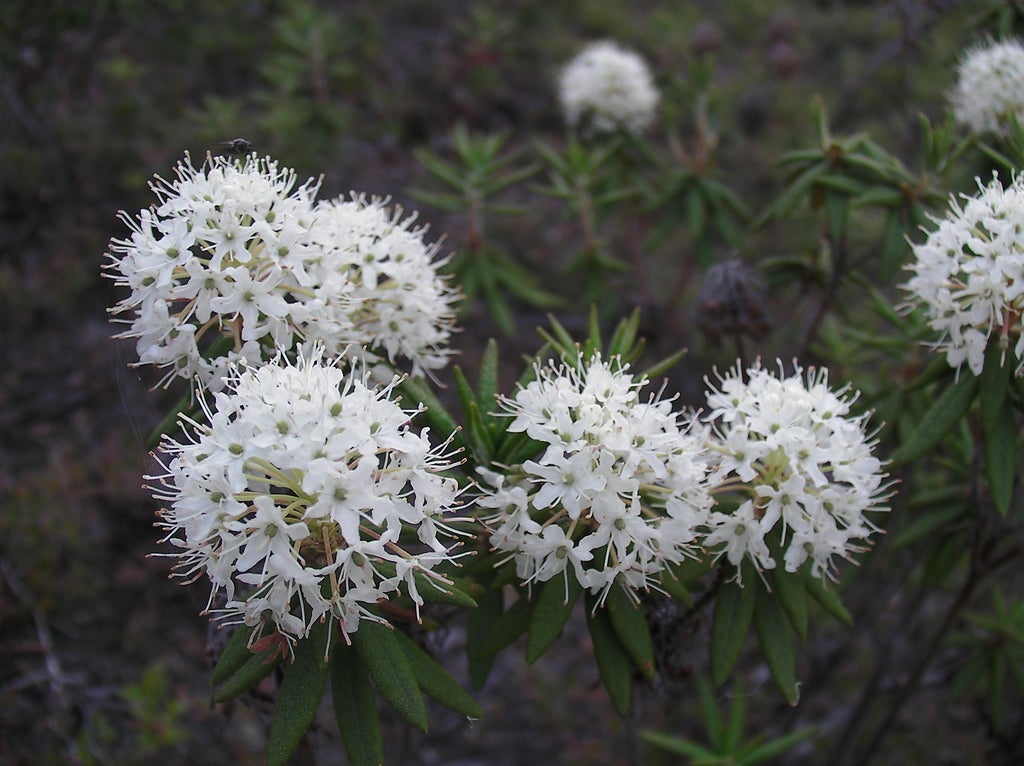Growing Labrador Tea: How To Care For Labrador Tea Plants


While many homeowners may wish to establish native plantings and wild meadows, doing so when faced with inhospitable growing conditions often proves itself to be extremely difficult. Whether faced with adverse soil conditions, poor drainage, or harsh temperatures, finding appropriate planting options can prove quite frustrating.
However, with a little research, it is possible to find ideal candidates for growth in less than ideal conditions. Incorporating robust labrador tea plants into the landscape, for example, is a great way to add evergreen visual interest in cold climates, as well as to attract native pollinators.
Labrador Tea Info
Labrador tea (Ledum groenlandicum) is a native flowering shrub to much of Canada and the northern United States. Labrador tea plants are most noted for their “hairy” foliage and small white clusters of flowers. In addition to their appearance, labrador tea shrubs are unique in their hardy ability to grow in marshy bogs and regions without adequate soil health to sustain many other plants.
These impressive plants are also able to easily spread and propagate themselves through rhizomes. Though named labrador tea, many advise to use discretion when growing this plant, as it contains alkaloids which cause harmful effects when consumed. As a best practice, never consume any part of any plant without thorough research and definitive answers from a professional and reputable source regarding whether or not the plant is safe.
How to Care for Labrador Tea Shrubs
To grow labrador tea plants, growers will first need to access the soil conditions where they intend to plant, as plants will grow best in soil that is slightly acidic.
Choose a location which receives full sunlight and consistent levels of moisture in which to transplant seedlings. Once established, the plants need little to no care from gardeners, as it is seldom attacked by insects and has little issue with disease.
Sign up for the Gardening Know How newsletter today and receive a free copy of our e-book "How to Grow Delicious Tomatoes".

Tonya Barnett has been gardening for 13 years. Flowers are her passion. She has transformed her backyard into a cut flower garden, which she regularly chronicles on her YouTube channel http://www.youtube.com/@tonyawiththeflowers.